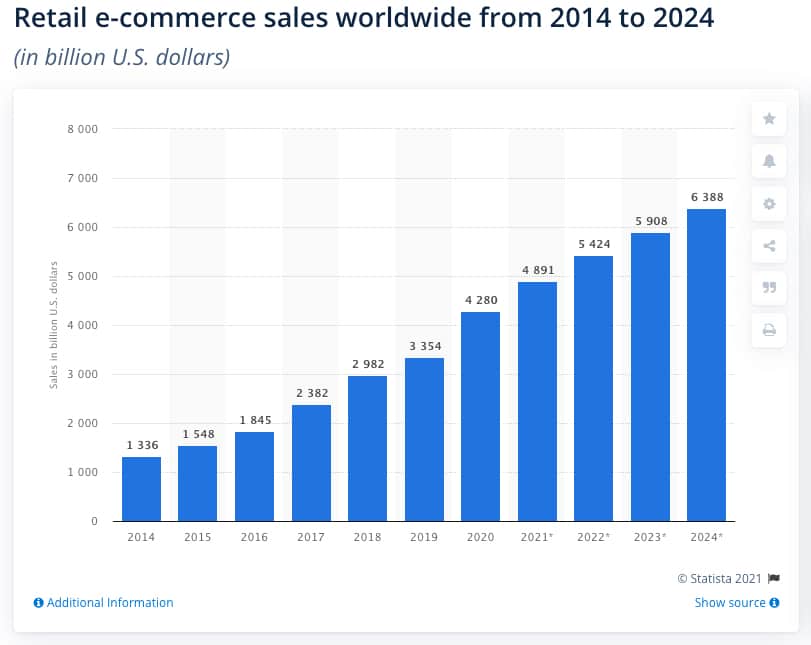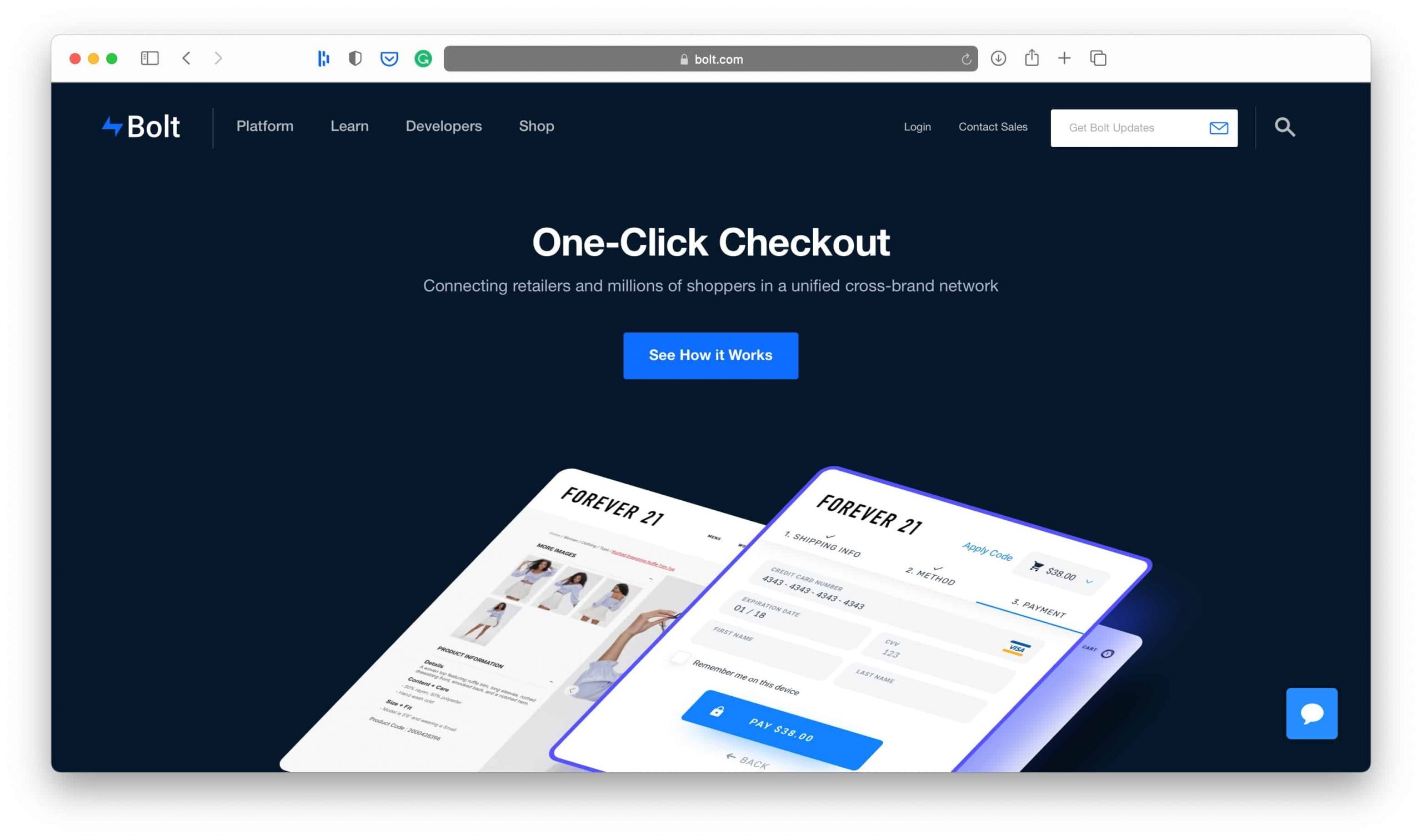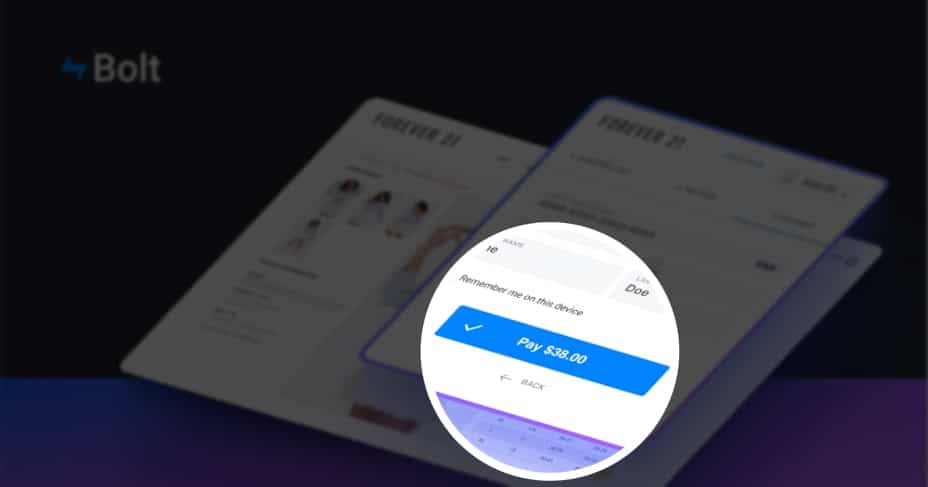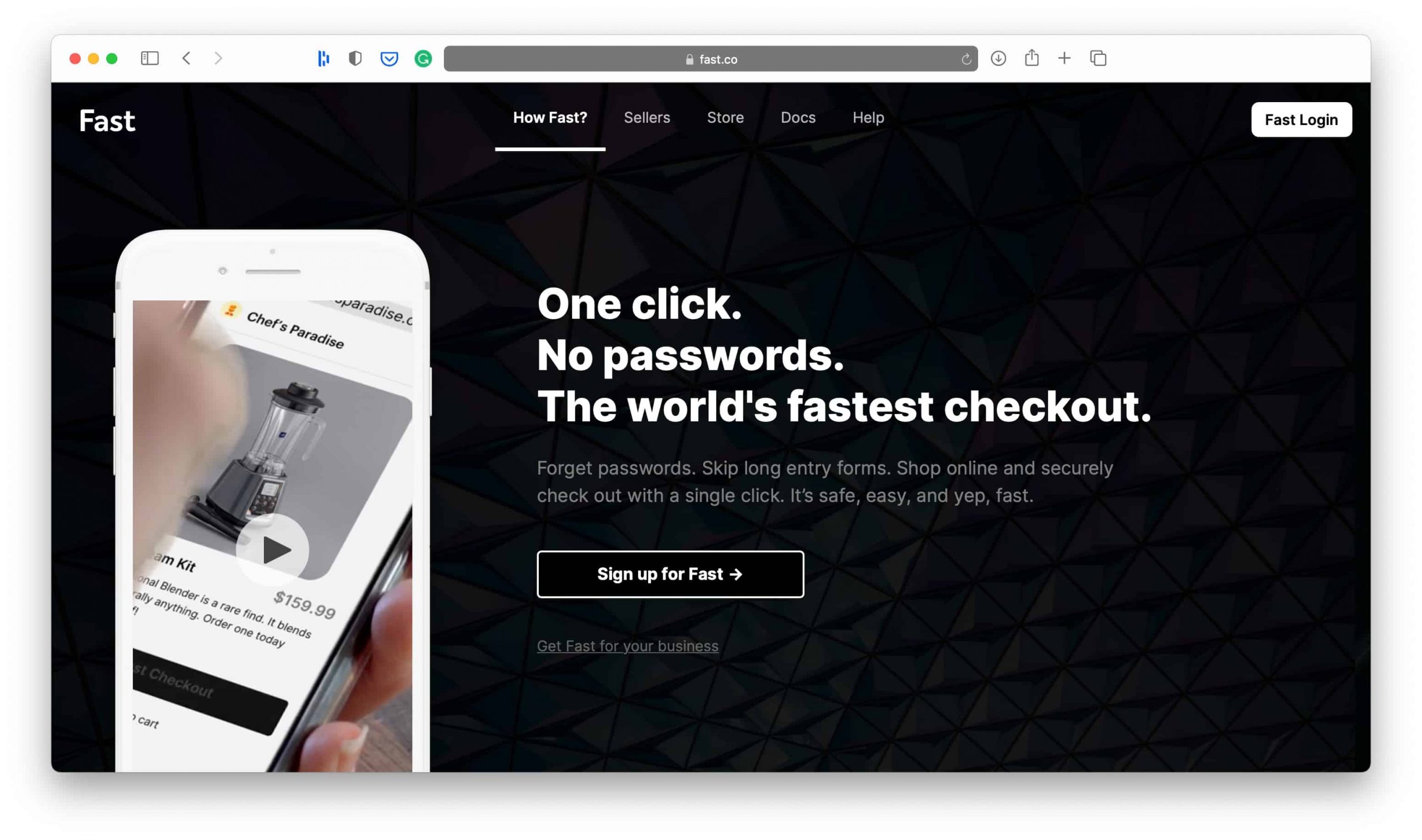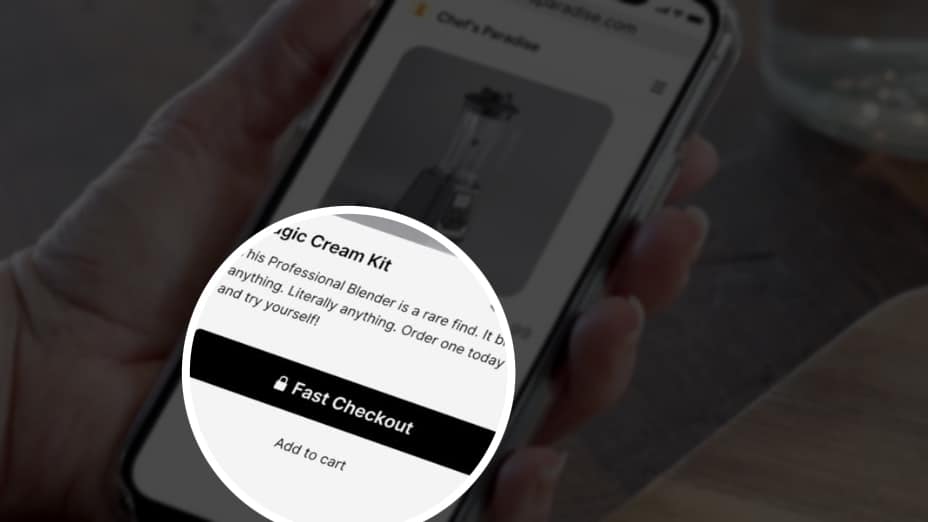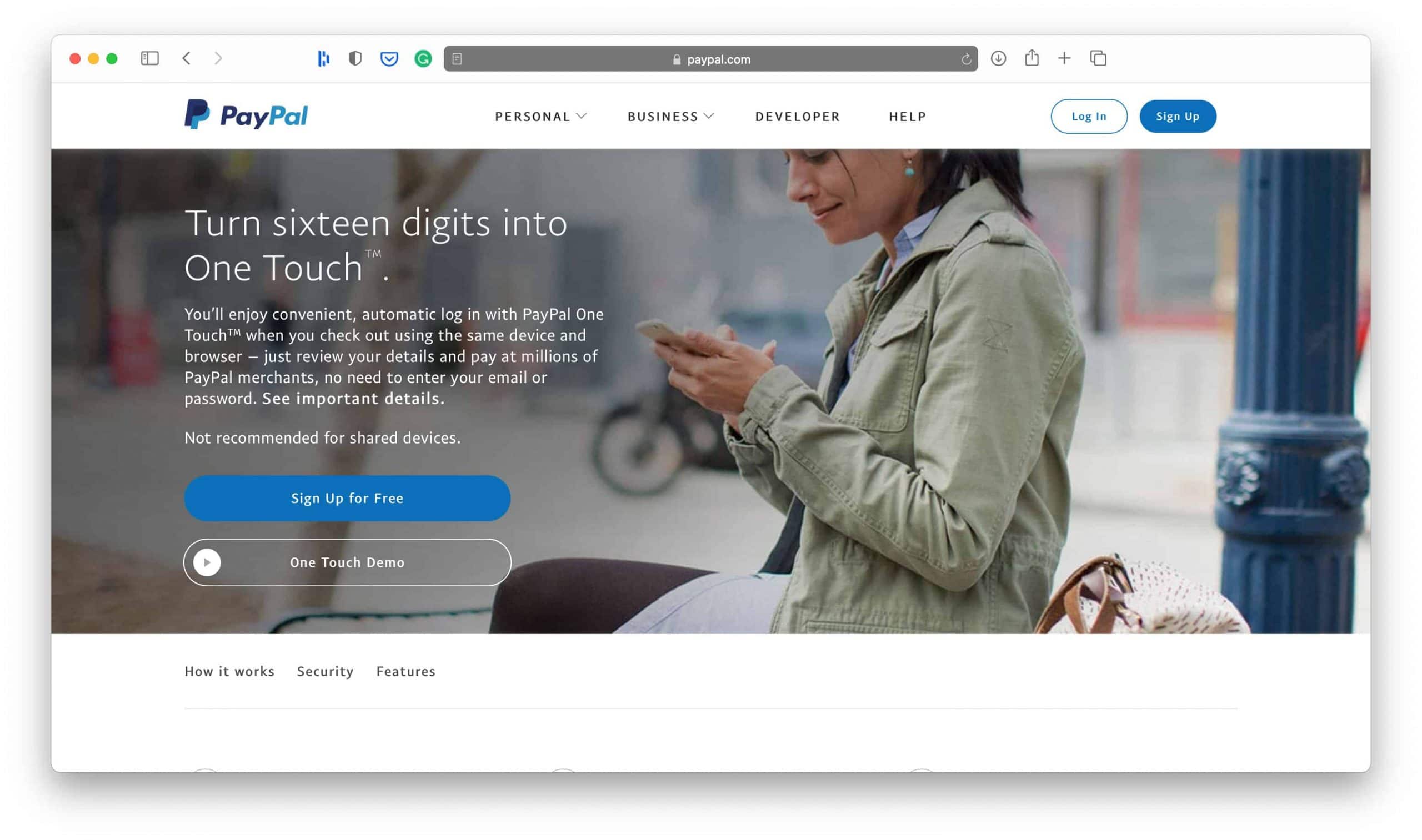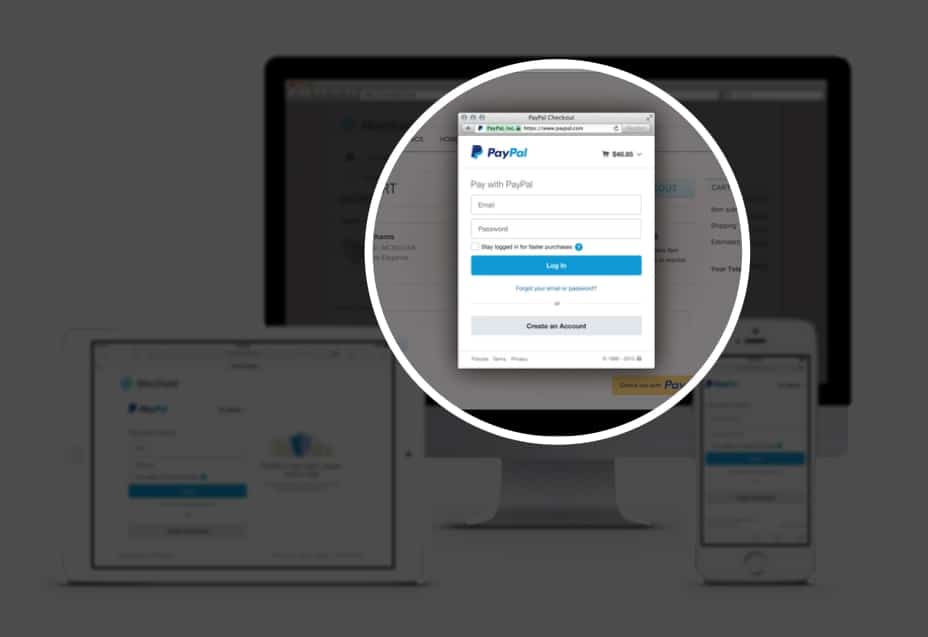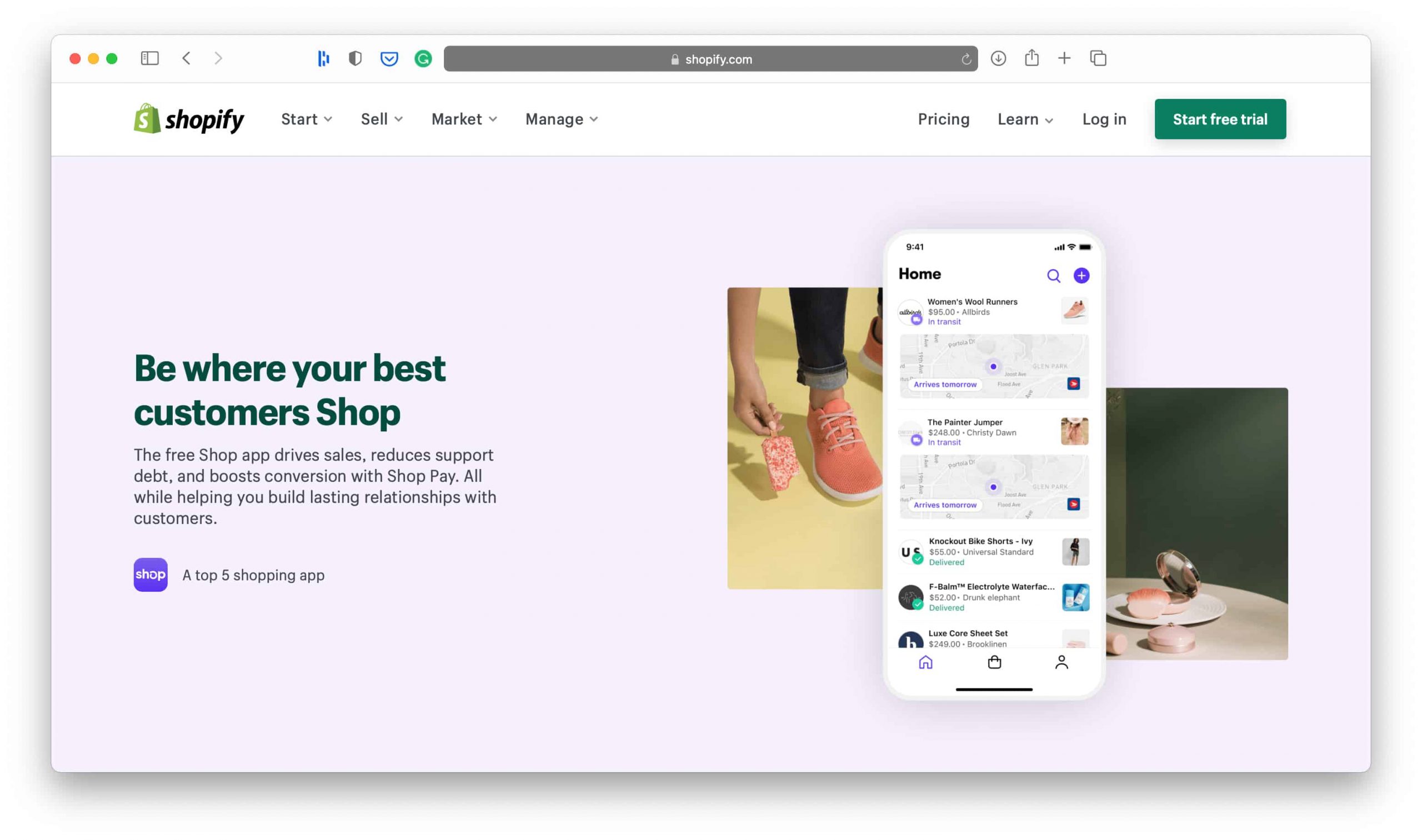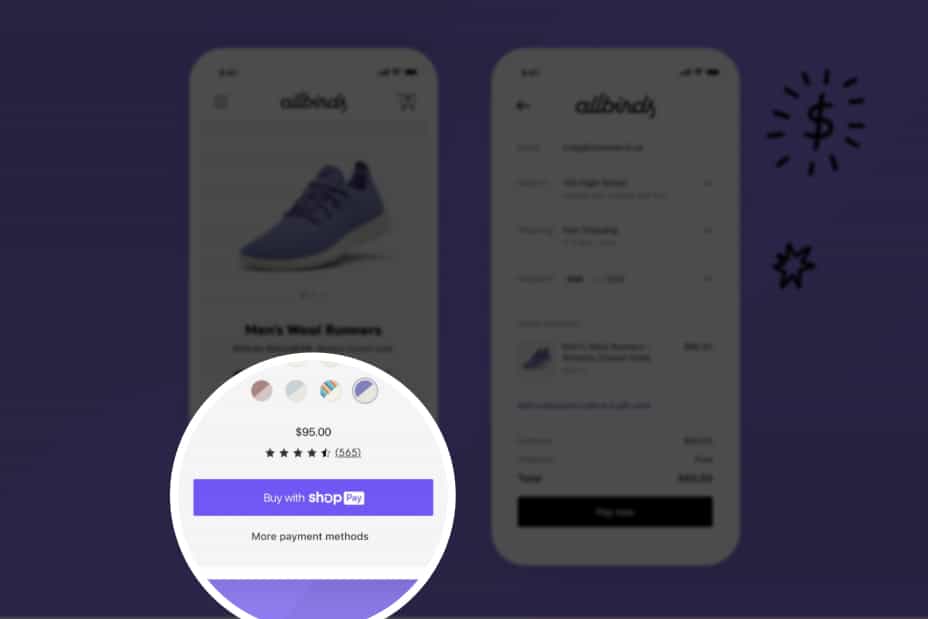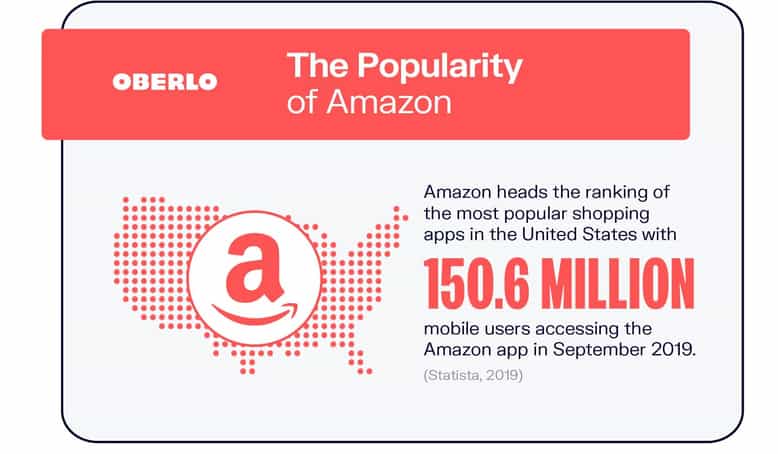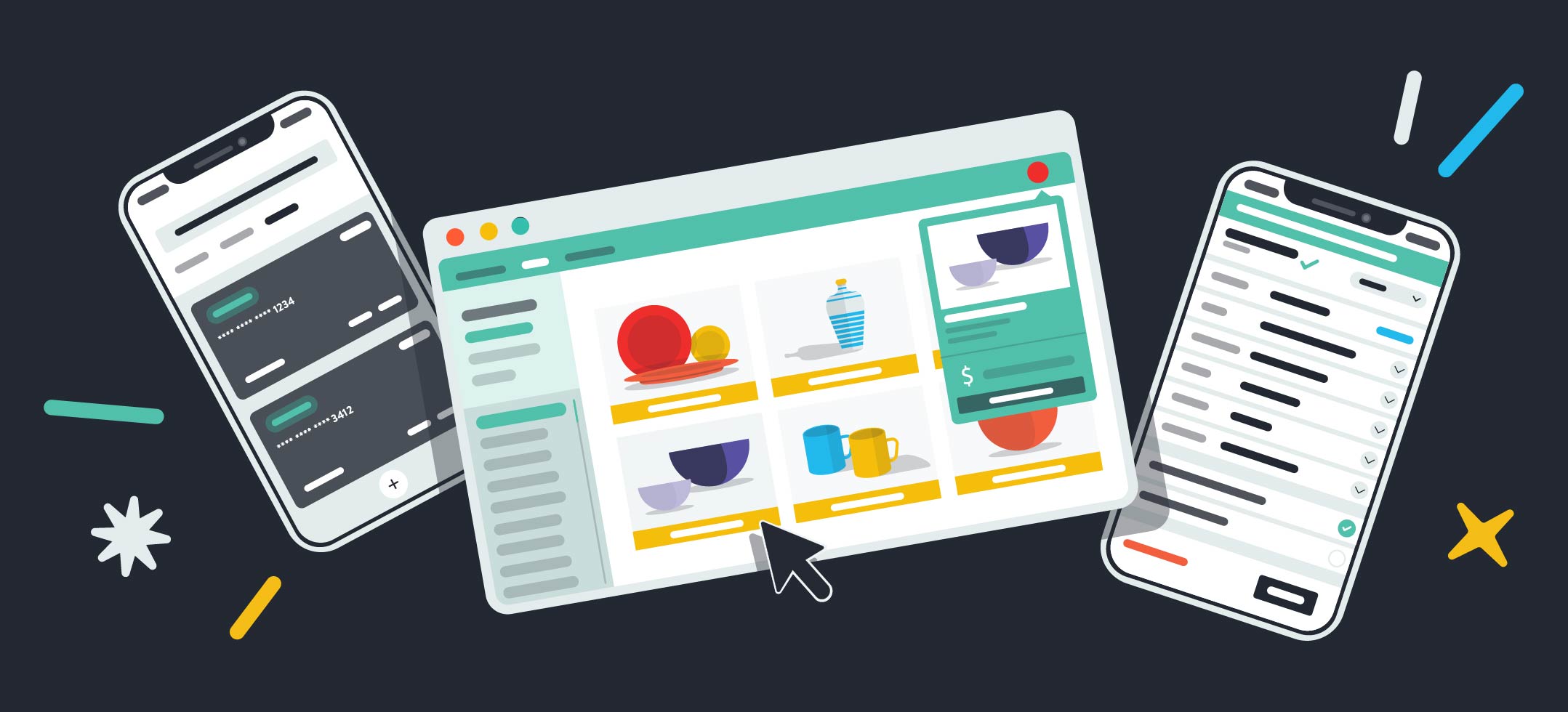
One-Click Checkout Platforms: Which Option is Right For You?
In the world of ecommerce, you and your customers share the same desire: A hassle-free checkout experience. Not getting it right could mean losing business.
Customers expect a lot out of the online checkout experience. Any blip along the way—too many fields to complete, functionality issues, etc.—can make customers abandon their carts. Research shows that 72% of online shoppers will abandon their carts if the process gets too complicated.
The top three reasons for cart abandonment all have to do with overcomplication:
- Requiring account creation
- A complex form or process
- Unexpected costs
The solution: Give your customers the option to check out with just one click.
Why?
Two reasons: Because customers want a smooth shopping experience, and if you don’t give that to them, they will find it elsewhere. Don’t give them a reason to start looking.
In this post, we’ll share and compare one-click checkout providers and dive deeper into how adopting this solution can transform your business and earn rave reviews from your customers. Not all one-click services are the same—and not all of them are even truly just a single click.
Below is a comparison of the four top one-click checkout providers.
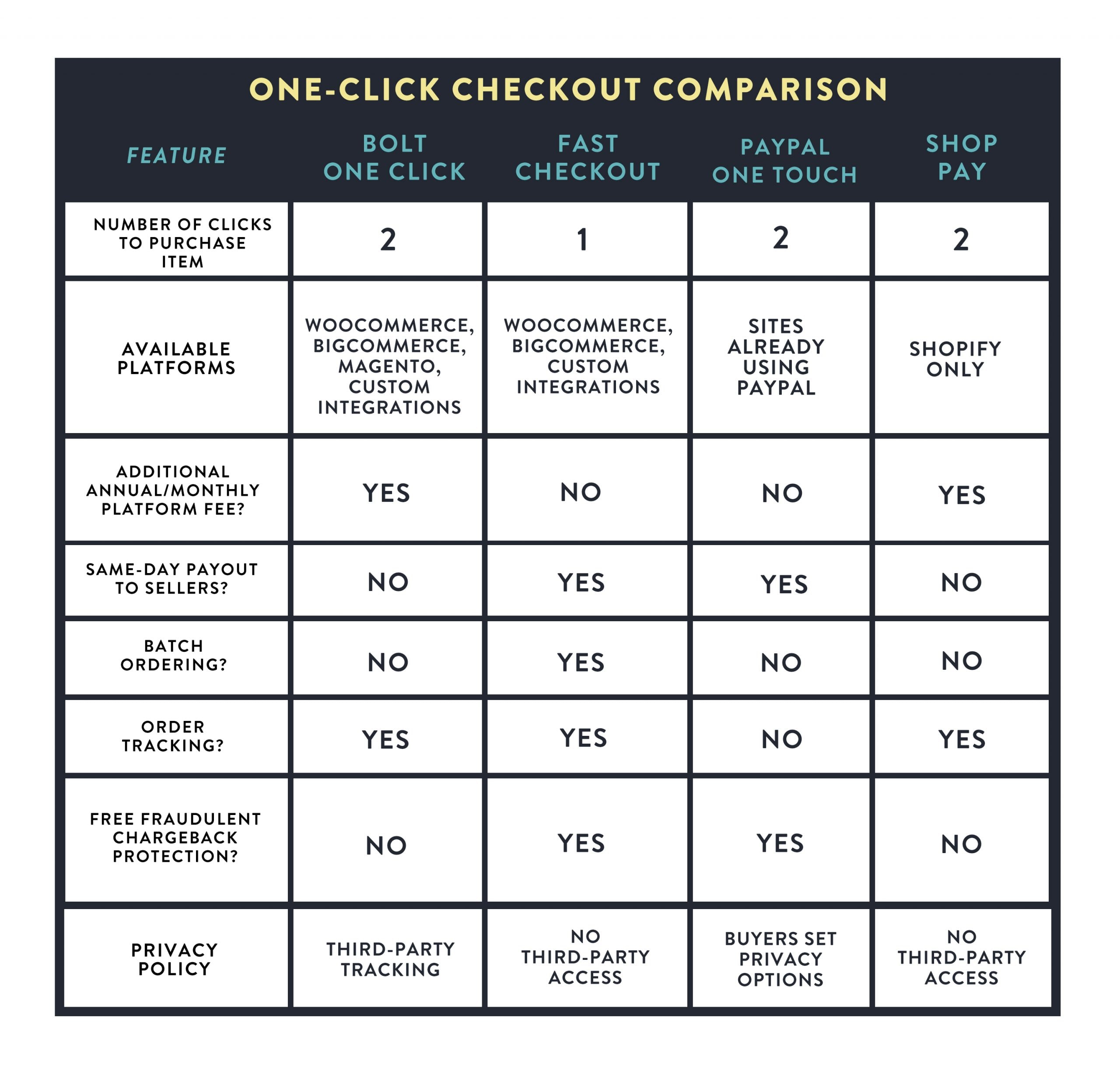
Why is One-Click Checkout Necessary?
Here are a few things wrong with doing things the old way…
High Cart Abandonment
Picture this: Your customer finds an item that speaks to them. They excitedly click “Add to Cart.” Then the cart icon. Then they click “Checkout.” Now it’s time to set up a profile and create yet another password so they can sign in before making that purchase. Next, it’s time to take out the credit or debit card and add that information. They make sure they have the expiration date and security code correct. Then they click “Confirm.”
All done! Well… not exactly.
Most customers don’t bother with a lengthy checkout process. What if their payment card is in another room or they only have a few minutes on a busy day to complete this purchase?
The harder you make things for your customers, the less likely they are to buy.
Stated plainly, even when a shopper has a full cart and plans to complete the purchase, there’s still a significant chance that a merchant could lose that transaction. Here’s the simple truth: Checkout is incredibly difficult to do right. One snag results in the same stark outcome: A lost sale.” –Jimmy Duvall, Chief Product Officer at BigCommerce
In other words, the simpler you can make your checkout experience, the better. It’s faster, sure—but it’s also easier, which helps reduce the chances of cart abandonment along the way.
Trust
Many sellers are reluctant to adopt a new payment service because they just don’t know what it’s all about. They worry that incorporating a new payment button could disrupt their website’s infrastructure. They also worry about protecting their customer’s private information.
Online buyers trust retail giants like Amazon, eBay, and Etsy to protect them from online fraud; their social proof is already built-in. But independent ecommerce outlets? Not so much. Only about 5% of customers trust independent stores to do the same.
One solution is for ecommerce merchants to turn to third-party, one-click payment providers customers do trust (more on this in a bit).
Payment Service Fees
(Source)
Depending on the provider you choose, merchant fees can vary. Digital transactions totaled an estimated $4.8 trillion last year, with ecommerce representing $3.5 billion of that total.
Checkout platforms typically charge a standard 2.9% and $0.30 per transaction (however, platforms like Fast charge 2.9% and $0.29). But on top of transaction fees, merchants could be charged just to use certain checkout platforms.
Fast and PayPal only charge sellers transaction fees. However, sellers using Bolt and Shopify have to pay an additional platform fee on top of the fees for each sale. Bolt charges sellers a percentage of their annual revenue to determine platform fees. Bolt also charges sellers a “risk coverage” fee.
Apprehension about transaction fees is understandable, but merchants pay an even higher price by not having a convenient checkout offering. In other words: Getting a one-click checkout payment provider is worth it. It’s just a matter of which service offers you the most features at the most affordable price.
One-Click Checkout: The Landscape of Fast Online Payment
The one-click landscape wasn’t always full of options like these. In fact, Amazon once held the patent for “One Click” payments. But that patent expired in 2017, and the ecommerce space was never the same again.
Once they opened up and became a platform and a marketplace instead of being a reseller of books, it became important for people doing business at either end of Amazon to know that they had this large database that they would be able to give access to a large number of customers literally with one click.” –Thomas Jeitschko, Professor of Economics at Michigan State University
Today, we see several companies jockeying to become the one-click checkout option.
One-Click vs. Express Checkout
Keep in mind that there are a few different terms used to explain this type of checkout experience. Here’s the difference:
- One-Click: When you hear one-click specifically, that once was an Amazon trademark. In industry lingo, however, one-click may refer to any minimalistic shopping cart experience.
- Express: This often refers to checkout services where much of the appeal is the convenience of one click with a payment provider customers already trust. “Express” doesn’t explicitly have one click, but its promise is the same: A quick checkout.
The Case for One-Click Checkout
Let’s say you already have a system that works. Why should you start weighing one-click checkout providers to see which is best for you?
Here are just a few of those reasons:
- Increasing Conversions: Customers like fast checkout. When ElasticPath ran an A/B test sending customers to multi-stage payments and one-click versions, the one-click version converted 21% more often.
- Capturing Mobile Transactions: This is more important than ever, with 79% of smartphone users making a purchase in the last six months. Are you going to capture that audience? Or will you assume that whichever checkout you have is good enough?
- Affordability: Are you paying less in fees than your competitors are? This can be tricky to calculate. Some vendors use a percentage and a flat fee per transaction, while others charge flat fees per transaction that work better for high-cost goods.
Next, let’s look at a few of the software options available.
What is Bolt One Click?
Bolt is an express-checkout provider. Its goal is to offer similar advantages of a frictionless, “Amazon-style” checkout to different ecommerce providers. With Bolt, buyers can complete orders in two steps.
(Source)
In addition to transaction fees, Bolt charges sellers an annual fee to use its checkout service and sets the price based on the seller’s annual revenue. Bolt only works with merchants that have more than $3 million in annual online credit card volume.
It works with multiple platforms, including BigCommerce, Magento, and WooCommerce.
What is Fast Checkout?
Fast is a one-click checkout experience that works on all devices, platforms, and browsers. It handles logging in, checkout, order tracking, and more. Fast also offers batch ordering, which saves sellers money on processing fees and shipping costs by combining multiple transactions into one sale. While other platforms take at least two steps to complete an order, Fast is the only one that completes an order immediately after clicking “Fast Checkout.”
(Source)
With Fast, sellers can import a simple API (Application Programming Interface) to enable a frictionless payment experience without making any major changes to their store’s website. Thanks to a high standard in its privacy policy and free 100% chargeback fraud protection, Fast also scores well in the trust department.
What is PayPal One Touch?
One Touch for PayPal is different in that it tends to focus more on the consumer’s side rather than the shop’s side. It allows customers to log in, shop, and checkout in fewer clicks than the traditional PayPal interface.
(Source)
Theoretically, a buyer using PayPal’s One Touch will already be logged in by the time they make a purchase. Once they click the PayPal button to checkout, another page will open asking to confirm the purchase. If a buyer is not already logged in, the checkout process will take more steps.
What is Shop Pay?
Shop Pay is a checkout option available through the Shop app, a platform for shopping at stores available only through Shopify.
How does it differ from, say, Fast or Bolt?
Since it’s an option limited to Shopify stores, there won’t be any additional platform overlap. This is a checkout option designed for people either using Shopify or ready to set up on Shopify.
(Source)
Shop Pay is limited in scope, given it’s a platform-dependent option. But because Shopify is a closed ecosystem, it’s one of the only options available to sellers on the platform.
How Do I Install One-Click Checkout?
This is a question many sellers have, and oftentimes it stops them from moving forward with the installation process for their sites. One-click may be easy on the customer, but from the store’s perspective, it can seem difficult.
But it doesn’t have to be. Just follow these key steps:
1. Check with the Platform Hosting Your Site
Before you sign up for anything, make sure that your platform is compatible with the one-click provider. Here are some of the most common platforms that third-party vendors can service:
- WooCommerce
- BigCommerce
- Magento
- Shopify
- Salesforce Commerce Cloud
- Wix
- Squarespace
2. Select Your Provider
In our comparison table at the start of this post, we’ve done the direct side-by-side comparisons for you. But if you want to take a deeper dive into which provider is right for you, consider the following:
- Checkout Speed: Does the platform require all sorts of third-party processing that will slow things down?
- Number of Actual Clicks to Complete Orders: “One-click” isn’t necessarily always one click. Fast is the only company with a checkout button that completes an order in just one click. Make sure you understand how each platform achieves its quick checkout to see if your carts require multiple clicks.
- Shipment Tracking: This is especially important for customers who are used to buying from major providers. They’re used to transparency while shipping.
- Payout Options: Is there instant payout? Do you have to wait until a Monday for a purchase you received on Friday? Make sure you read the payout timing before you sign up.
- Fraud Protection: Does your payment provider offer chargeback fraud protection to help you limit losses from fraudsters? And do they offer it at no cost to you?
3. Follow the Documentation
Assuming you’ve matched your platform to your payment provider, you’re ready to move forward with the instructions.
In some cases, it may be as simple as adding an app. In other cases, you may have to double-check with their documentation to view the different processes for installing on specific platforms.
If it sounds tough, don’t worry—most of it is nothing you haven’t handled before. For example, some onboarding with a new payment processor can be as easy as signing up for an account and copying and pasting code into your platform. Other platforms offer white-glove implementation.
The Importance of Transparency & Customer Trust
One advantage of using a third-party checkout provider is that it can provide instant trust.
The wide availability of online checkout providers means that anyone can use them; the process is democratized. As long as you have a valid ecommerce platform, it’s easy to add any of the providers mentioned here and accept one-click checkouts.
This is especially important because of one thing: It means that you can now compete with the “Amazon Experience.”
Competing with the “Amazon Experience”
Let’s boil it down to one statistic: Nearly 90% of buyers agree that they’re more likely to buy on Amazon than other ecommerce sites.
(Source)
What does that mean for you?
First, you’ll need to replicate the Amazon experience in a way that rivals what Amazon already does.
- For Fast, that means bringing together both quick buyer authentication and handling payment processing in one fell swoop
- For Shopify, that means expanding its Shop Pay solution
One-click isn’t just something for the ecommerce order page anymore—expect to see it popping up everywhere. But, none of this can happen without trust. Sellers can lose as many as 75% of their sales if they struggle with a lack of trust, that’s why it’s so critical for merchants to pick from the top names in one-click checkout providers. Use an existing platform to integrate seamlessly with your shop.
Sellers can lose as many as 75% of their sales if they struggle with a lack of trust, that’s why it’s so critical for merchants to pick from the top names in one-click checkout providers.
Done right, you’ll have minimal API requirements and developmental costs. And the benefits? More trust in your one-click purchases so you can compete with the retail giants.
Making One-Click Checkout Easy
How do you make one-click easy on yourself? The more you know, the better you’ll do.
You should have an idea of which providers are the top names, as well as how to run them on your own ecommerce store.
Remember what to look for in one-click checkout providers:
- Compatibility with your existing platforms
- Convenience for customers
- Reliability on the backend during order processing
- Chargeback fraud protection
- Payout options: If you need instant pay or don’t mind waiting a business day, run the comparisons before you sign up
Next, it’s time for you to choose a one-click checkout provider that can make your shoppers’ experience that much easier.

